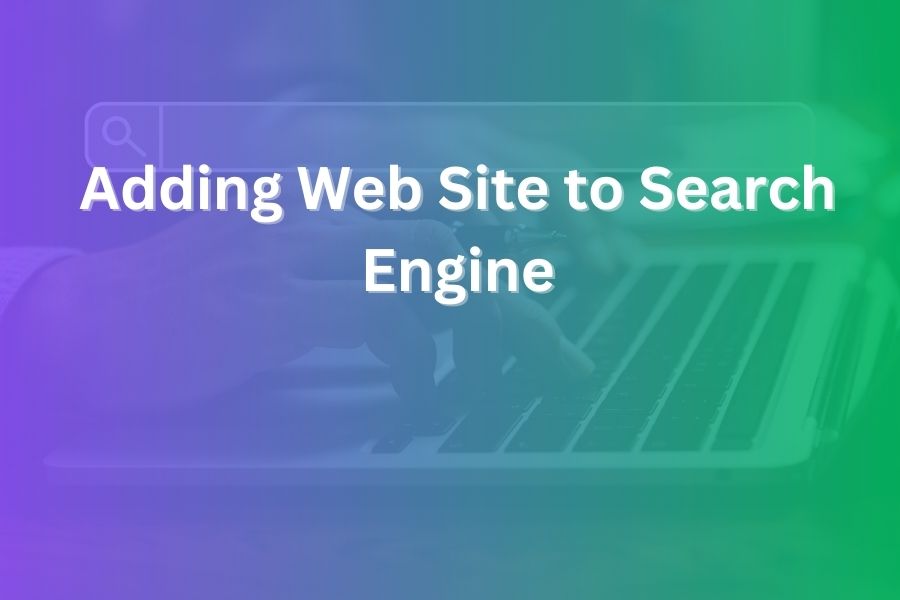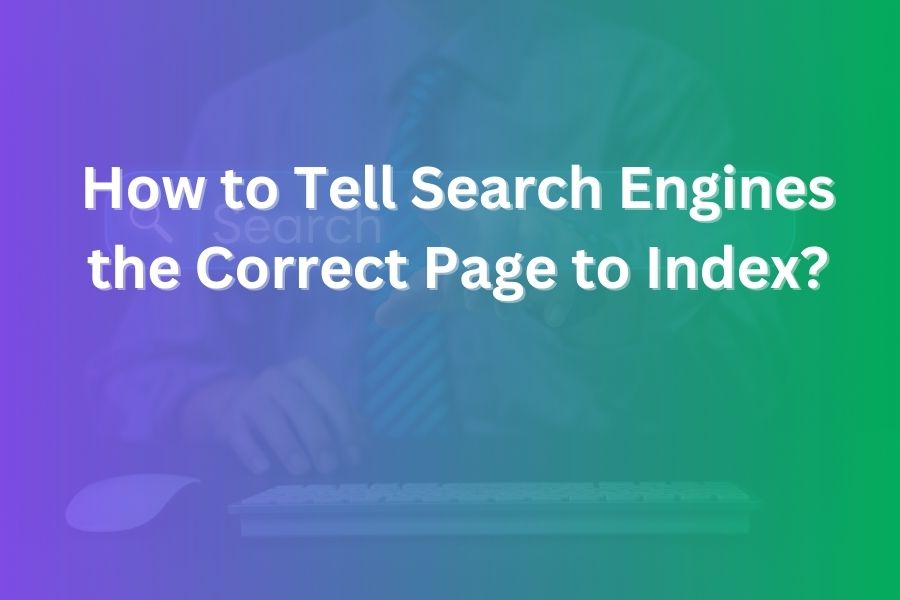
Your website is live, but invisible—no traffic, no leads, no visibility. In today’s competitive online battlefield, if you aren’t showing up on Google you simply don’t exist to most users. But you can change that. With 30 years in the trenches of SEO and indexing, I’ll walk you step by step from zero visibility to being found by Google’s crawlers—and ultimately by your audience.
In this article you’ll learn exactly how to get your site discovered, crawled, and indexed by Google.
Understand What Indexing Really Means
Indexing is the process by which Google’s bots discover your pages, crawl them, render them, analyze their content, and then decide whether to add them to Google’s searchable index. If your pages aren’t indexed, they won’t appear in search results, no matter how great your content is.
In simple terms: Discovery → Crawling → Indexing. Discovery is Google learning your page exists. Crawling is the bot fetching and reviewing it. Indexing is where your page earns a spot in the library of pages Google can show.
Verify Your Site With Google Search Console
Before you do anything else, you must ensure that Google knows you control the site and that you’ve given it permission to crawl. Sign into Google Search Console and add your property (domain or URL prefix). Then verify ownership via DNS, HTML file upload, or meta tag.
Once verified, you’ll have access to tools like the URL Inspection tool, Index Coverage report, and Sitemaps submission area. These are your control panel for indexing.
Create and Submit an XML Sitemap
Even with Google crawling the web automatically, you accelerate indexing by explicitly telling Google what to crawl. That’s where a sitemap comes in. A sitemap is an XML file listing your site’s important pages, images, videos, update frequency, and more.
Typical steps:
- Generate your sitemap using your CMS or a plugin.
- Check that your robots.txt file doesn’t block the sitemap.
- In Search Console, go to “Sitemaps” and submit the URL of your sitemap (for example, https://yourdomain.com/sitemap.xml).
This ensures Google knows about your pages even if they’re not well linked internally yet.
Ensure Your Pages Are Crawlable and Not Blocked
If you have technical barriers, Google may discover your page but can’t crawl or index it. Here are the key items to check:
- robots.txt: Make sure you’re not disallowing Google’s bots from whole sections or important pages. If you see Disallow: / under User-agent: *, that’s a red flag.
- Meta Robots Tag: If a page includes <meta name=”robots” content=”noindex,follow”>, Google will NOT index it. Remove noindex from pages you want to show.
- Canonical Tags: Improper canonical settings can signal to Google that a page is a duplicate or that another page is preferred. Ensure canonical tags point to the correct URL you want indexed.
- HTTP Status Codes: Avoid 404, 410 or 500 errors on important pages. These prevent indexing. Also avoid redirect loops or chains that confuse bots.
Use the URL Inspection Tool to Request Indexing
Once your pages are properly crawlable, you can manually alert Google. In Search Console, use the URL Inspection tool: enter the exact URL, check if it’s indexed. If not, click Request Indexing.
Keep in mind: requesting indexing doesn’t guarantee instant listing. Sometimes it takes from a few hours to multiple days. For new domains, it may even take a couple of weeks before pages begin to appear.
Improve Content Quality and Internal Linking
Indexing isn’t just about technical readiness; Google assesses value before including pages. High-quality, unique content signals worthiness for indexing. Avoid thin content or near-duplicates.
Internal linking helps Google discover pages, especially deeper content that isn’t linked from your homepage. That improves crawl depth and helps bots find your pages.
Build External Signals and Maintain Site Activity
While indexing doesn’t strictly require backlinks, external links and social signals help accelerate discovery and crawling—especially for new sites with few internal links.
Posting new content or updating existing content creates “freshness” signals that make Google revisit and re-index your site more often.
Monitor the Indexing Status Using Reports
In Search Console, go to “Index Coverage” and you’ll see which pages are:
- Indexed
- Crawled but not indexed
- Excluded (for example, duplicates, blocked by robots, redirect)
If your key pages are missing, it’s time to investigate. The report will list reasons such as “Blocked by robots.txt”, “Submitted URL marked noindex”, or “Duplicate, submitted URL not selected”. Fix those issues promptly.
Troubleshoot Common Indexing Problems
If your pages are still not indexed after a week or more, check the following:
- You just launched your site: Google may take some time to discover and index new websites. Delay is normal.
- You have no internal links pointing to key pages (they’re orphaned). Without links, bots may not reach them.
- You’ve unintentionally blocked indexing via robots.txt or meta tags.
- Your site is very slow or has many server errors when crawled—this hurts indexing.
- Your content is extremely thin, duplicate, or low value—Google may crawl but choose not to index.
Optimize for U.S. Audience and Mobile Usability
Since you’re targeting a U.S. audience, ensure your site loads quickly, uses mobile-friendly design, and meets user-experience expectations. Google prioritizes mobile-first indexing—if your mobile version is broken, indexing suffers.
Also consider: if your pages serve a U.S. audience, use regionally appropriate language, a .com or .us domain, and host on U.S. servers or a CDN for faster load times.
Establish a Routine Indexing Maintenance Plan
Think of indexing not as a one-time task but an ongoing process. Here’s a quick monthly routine:
- Publish new significant pages or blog posts.
- After publishing, submit URLs via URL Inspection or include in sitemap.
- Check Index Coverage for any new errors.
- Review internal linking to ensure new content connects to existing pages.
- Monitor for server errors or slow pages (improves crawl budget).
- Remove outdated pages or set them to noindex/redirect them to keep the index healthy.
Measure Your Success and Adjust Accordingly
Use Search Console and analytics to measure how many pages are indexed, your impressions, clicks, and rankings. If your pages remain indexed but don’t rank, focus on content improvements and link building.
If your pages aren’t indexed, focus on technical issues: crawling, links, redundancy, and crawl budget.
Avoid Indexing Myths and Follow Best Practices
- Myth: Submitting to Google alone guarantees ranking. False. You still need quality content and proper signals.
- Myth: Every page on your site must be indexed. False. Google will exclude low-value, duplicate or redirect pages. That’s fine.
- Myth: Indexing equals ranking. False. You may be indexed but still rank poorly if your content lacks relevance or authority.
- Best practice: focus on fewer but high-impact pages rather than fluff. Google’s crawl budget is limited.
Quick Indexing Checklist (U.S. Audience Focused)
- Verify property in Google Search Console
- Generate and submit XML sitemap
- Ensure robots.txt and meta tags allow crawling
- Use URL Inspection tool to request indexing for key URLs
- Publish high-quality content with internal linking
- Build some external mentions or links for new sites
- Monitor Index Coverage and fix errors
- Maintain mobile-first, fast loading U.S.-centric site
- Update or prune outdated content
- Measure indexed pages and search visibility regularly
The Bottom Line
Getting your site indexed on Google is both a technical and content challenge—but totally manageable. By verifying your site, submitting sitemaps, enabling crawlability, ensuring content quality, and monitoring your status, you transform your site from invisible to found.
Remember: indexing is the foundation of search visibility—without it you’ll never gain organic traffic. With proper routine and focus, you’ll build a site Google trusts enough to include in its index—and then you can climb from there.






